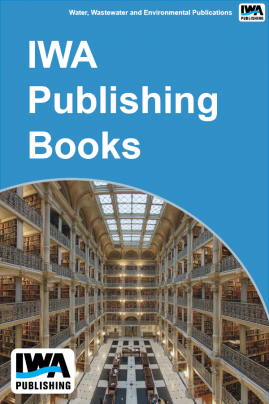 |
A Dynamic Model to Assess Microbial Health Risks Associated with Beneficial Uses of Biosolids - Phase 1
A Dynamic Model to Assess Microbial Health Risks Associated with Beneficial Uses of Biosolids - Phase 1

Maximum allowable levels for chemical contaminants in biosolids were developed for the Part 503 rule using risk-based methodologies. However, maximum allowable levels of microbiological contaminants in the Part 503 rule were based on specific treatment methodologies rather than risk levels, because it was determined at that time that risk assessment methodologies were not sufficiently developed. Given the current interest in the beneficial uses of biosolids and the projected rapid growth of biosolids reuse, there is increasing interest in the development of a microbial risk assessment methodology for regulatory and operational decision making.
This document presents a methodology for assessing risks to human health from pathogens via exposure to biosolids. The methodology integrates two fundamental components: an exposure assessment component and a health risk component. The exposure assessment component is used to quantify pathogen levels in the environment and serves as input to the health effects component. The health effects component is used to quantify health risks using a model that explicitly accounts for properties unique to an infectious disease process, specifically secondary transmission and immunity.
To demonstrate the applicability of these risk-based methods developed for biosolids exposure, numerical simulations were carried out for a case study example in which the route of exposure was direct consumption of biosolids-amended soil. The output from the case study yielded a decision tree that differentiates between conditions in which the risk from biosolids exposure is high and those conditions in which the relative risk from biosolids is low. This decision tree illustrates the interaction among the important factors in quantifying risk. For the case study example, those factors include biosolids treatment processes, the pathogen shedding rate of infectious individuals, secondary transmission and immunity. Further work in determining biosolids exposures is required before this methodology can be used in a comprehensive risk assessment.
 [1] [1] |
This publication can also be purchased and downloaded via Pay Per View on Water Intelligence Online - click on the Pay Per View icon below |
Publication Date: 01/03/2003ISBN13: 9781843396345eISBN: 9781780403212Pages: 90 |
Print:
|